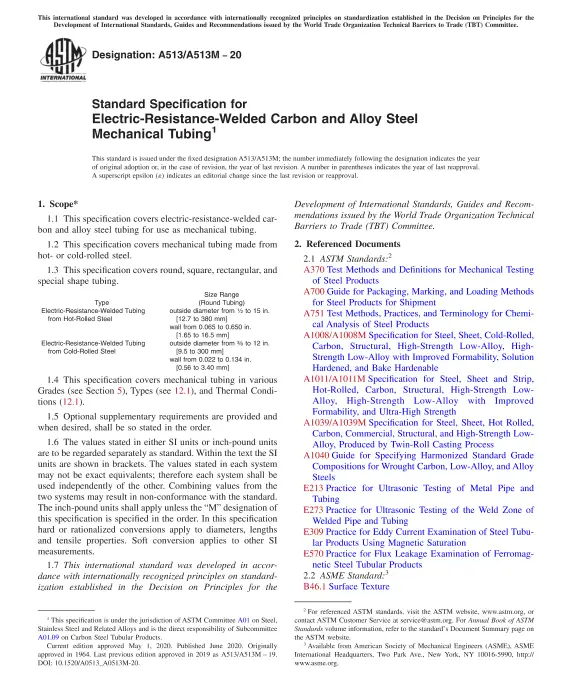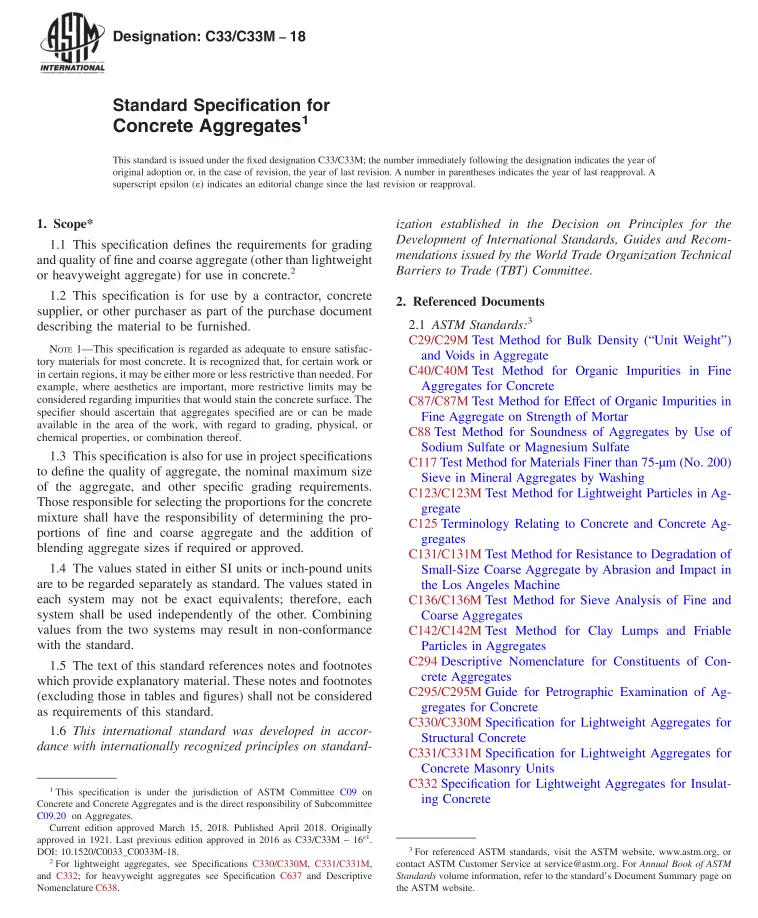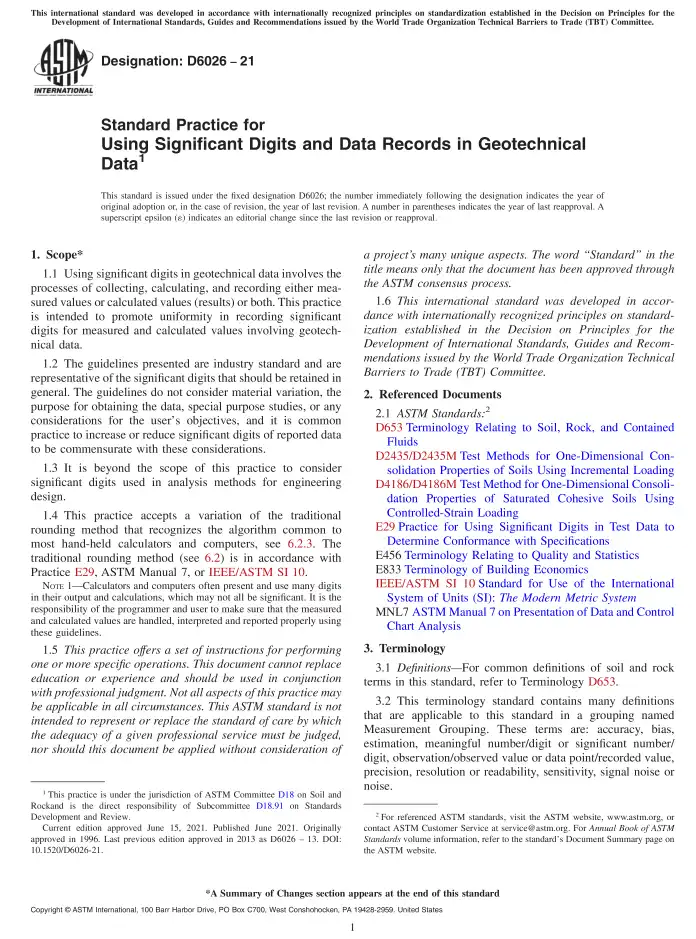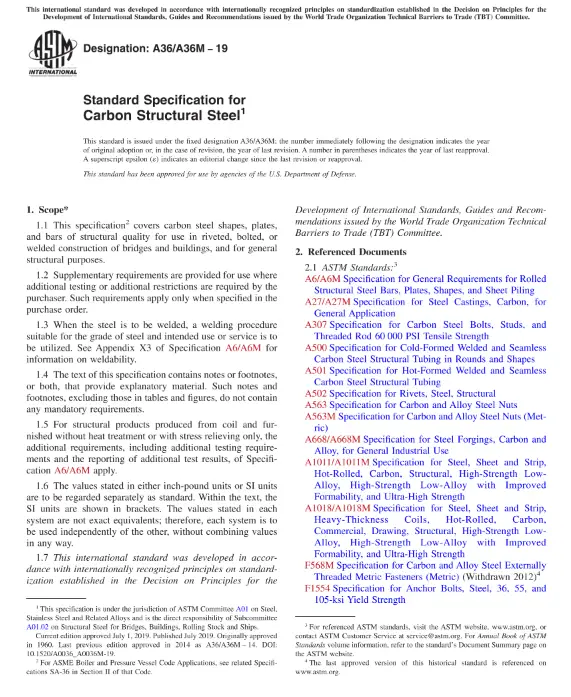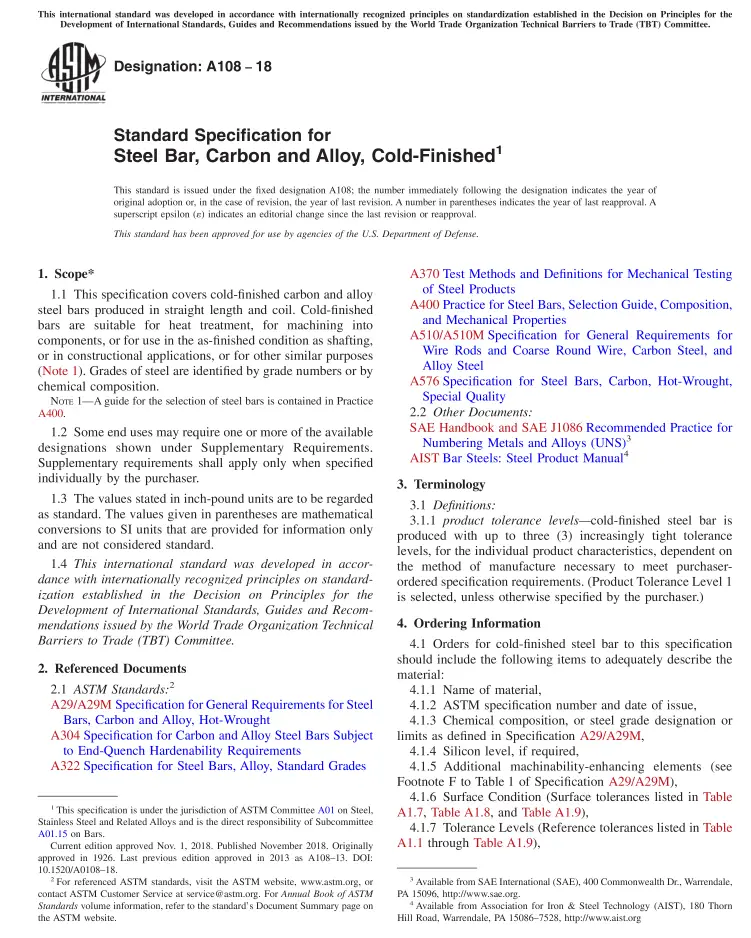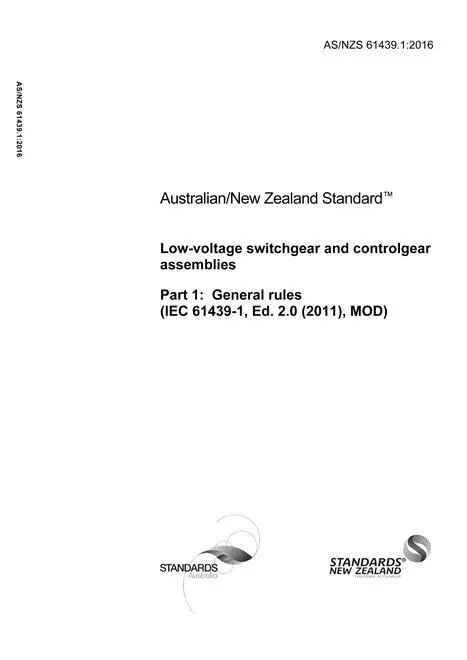ASTM A513/A513M, July 1, 2020 – Standard Specification for Electric-Resistance-Welded Carbon and Alloy Steel Mechanical Tubing
ASTM A513/A513M covers round, square, rectangular, and special shape electric-resistance-welded carbon and alloy steel mechanical tubing produced by hot- or cold-rolling. The types of tubing covered here are: Type 1a, as-welded from hot-rolled steel (with mill scale); Type 1b, as-welded from hot-rolled pickled and oiled steel (mill scale removed); Type 2, as-welded from cold-rolled steel; Type 3, sink-drawn hot-rolled steel; Type 4, sink-drawn cold-rolled steel; Type 5, drawn over a mandrel; and Type 6, special smooth inside diameter. Heat and product analyses shall be made to determine the percentages of chemical elements, to which the steel specimens shall conform to. Tubing shall be free of injurious defects and shall have a workmanlike finish. When specified, tubing shall be coated with a film of rust retarding oil before shipping.
Scope
1.1 This specification covers electric-resistance-welded carbon and alloy steel tubing for use as mechanical tubing.
1.2 This specification covers mechanical tubing made from hot- or cold-rolled steel.
1.3 This specification covers round, square, rectangular, and special shape tubing.
Type
Size Range
(Round Tubing)
Electric-Resistance-Welded Tubing from Hot-Rolled Steel
outside diameter from 1/2 to 15 in.
[12.7 to 380 mm]
wall from 0.065 to 0.650 in.
[1.65 to 16.5 mm]
Electric-Resistance-Welded Tubing from Cold-Rolled Steel
outside diameter from 3/8 to 12 in.
[9.5 to 300 mm]
wall from 0.022 to 0.134 in.
[0.56 to 3.40 mm]
1.3.1 Indeterminate wall thicknesses may be ordered. In those cases the more stringent tolerances of Tables 4, 6, 7, 8, 9, 10, 11, 12, 16, and 17 shall apply. When sizes within the allowable ranges are ordered all other requirements of the specification shall be met.
1.4 This specification covers mechanical tubing in various Grades (see Section 5), Types (see 12.1), and Thermal Conditions (12.1).
1.5 Optional supplementary requirements are provided and when desired, shall be so stated in the order.
1.6 The values stated in either SI units or inch-pound units are to be regarded separately as standard. Within the text the SI units are shown in brackets. The values stated in each system may not be exact equivalents; therefore each system shall be used independently of the other. Combining values from the two systems may result in non-conformance with the standard. The inch-pound units shall apply unless the “M” designation of this specification is specified in the order. In this specification hard or rationalized conversions apply to diameters, lengths and tensile properties. Soft conversion applies to other SI measurements.
1.7 This international standard was developed in accordance with internationally recognized principles on standardization established in the Decision on Principles for the Development of International Standards, Guides and Recommendations issued by the World Trade Organization Technical Barriers to Trade (TBT) Committee.
General Product Information:
| Revision | Revision 20A |
| Document Type | |
| Document Language | English |
| Pages | 21 |
| Publisher | ASTM International (ASTM) |
| Status | Current |

